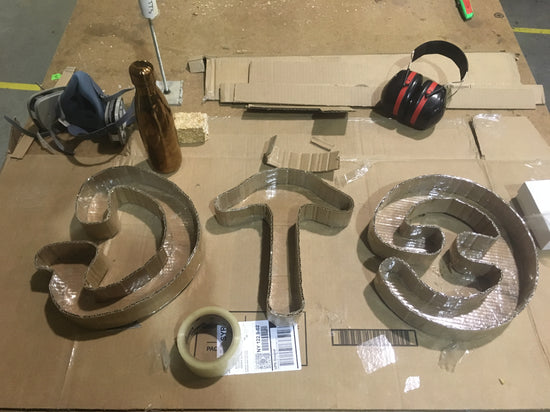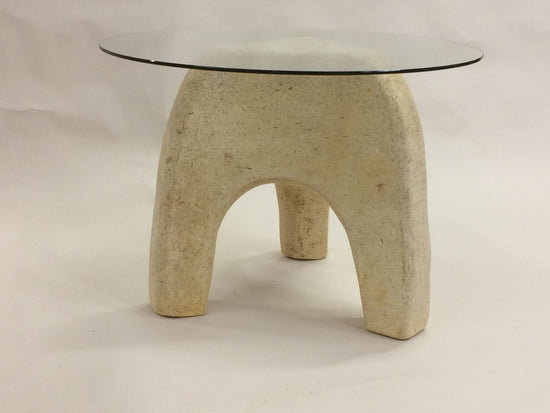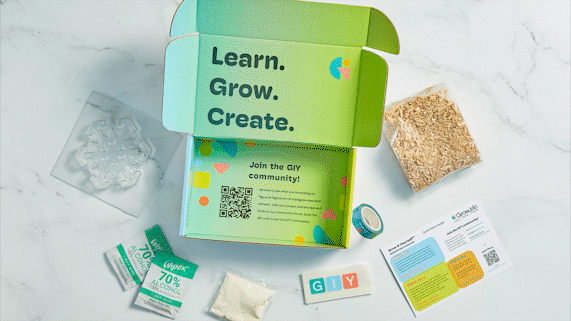Q: What first sparked your interest in the realm of mycology?
A: Paul Stamets of course as I am sure many have been inspired by him. I fell in love with food and the idea of growing my own food and got the gardening/farming bug and then soon after watching his TEDtalks and it was then I chose mushrooms or at least they chose me. Soon after I had the pleasure of attending a small mushroom conference by Radical Mycology with Peter McCoy and seeing it all in person solidified my interest.
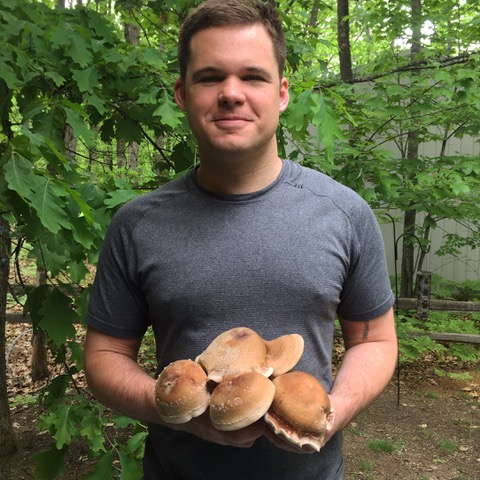
Q: What exactly are you researching?
A: I research and study Shiitakes and Morels. With Shiitakes it’s been all about business models, productions levels, costs and so forth so that I have a sustainable business that can support me and my family. I have done some work with Shiitakes that’s not in the books which can be seen on my website and I utilize to this day when working with shiitakes and morels.
Morels of course are the ‘elusive’ mushroom most cultivators would love to grow. I’ve been researching/studying them for over 4 years, countless theories and tests and really watching their mycelium interact with different media. I hope to one day be able to prove a process for indoor morel production. Back in June of 2016 after a year of research I actually had a morel pop up in a medium but it wasn’t until recently I found out why and since then have made leaps in understanding their needs. It’s very binary research - yes and no - when you have an organism you can’t communicate directly with verbally or even remotely then it’s all about paying attention. The mushroom is only maybe 1% of the actual body of the organism and the mycelium is 99% so by studying its’ mycelium and interactions with different media it’s a slow but gradual study. Right now I’ve got tests running on agar which I can see change and if enough change would warrant a full media test because agar does not often fruit mushrooms but indicates change very well.

Q: What is the purpose of your research?
A: The purpose of the Shiitake work is to make my farm sustainable and to grow as a farmer. I’m hoping in the coming years when we move I can not only have an indoor year round operation but also outdoor operation possibly with a farm aspect of visiting and learning more about mushrooms for the general public. Soon my production will have the ability to scale and I’ll bring on more mushrooms like Maitake and King Oyster to offer more to restaurants and markets. Shiitake is the 2nd most sold mushroom next to portobello and white button so although hard to cultivate it really sells itself which is great.
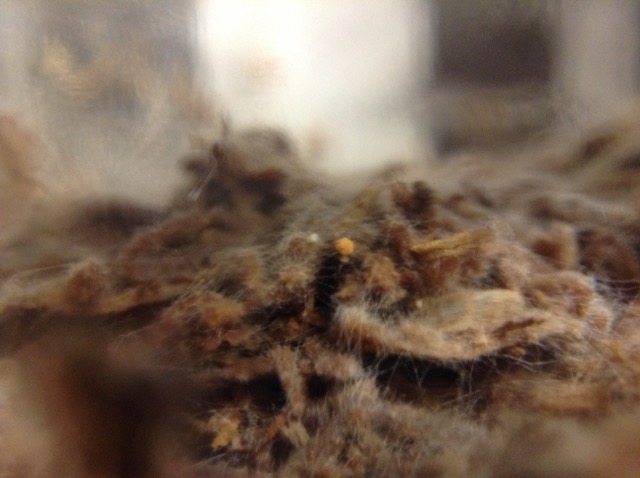
The morel research has 2 purposes. One of course being ‘funding’ if you will. If I prove a process then more doors open up to either intellectual property buy, crowd-equity investing, or private investment. All of which lead to IP buyout. I can’t possibly serve the worlds needs of morels and don’t intend to become a huge business where I lose focus of what I love.
The second purpose in the event of a buyout of sorts would be to switch gears and start research on ‘plastic eating fungi’. I have one species in my lab which is said to be able to be able degrade soft plastics and more recently a black mold has been recorded eating hard PET in the open in India. With funding I would switch research and begin work on degrading plastics - plastics are a part of life at this point and they are what made our lives cheeper and livable. The industrial age made us civilized but the plastic age made us all live a higher quality of life - if everything was glass or metal we’d be a very different society and I don’t think anyone has any idea of how far reaching plastics are from your clothes, to your car, to your rugs, to the keyboard I am typing on. There are so many things that can be made from biodegradable items yes, but there are so many more that cannot be. If I found an answer plastic degradation it would be given away to the world hence it’s need for funding. The return on investment is the future our ecosystem. But we need more minds who with with bacteria, fungi, yeasts, and so forth to start redirecting their energy towards that answer.

Q: What do you like most about working with mushrooms/mycelium?
A: It’s such a science I never thought I’d be doing - being able to do sterile work in a sterile lab I built is quite amazing. I love being a ‘lab rat’ if you will probably because I dictate what I work on and study. I am sure if it was the regular 9-5 job of which I don’t get to say what I want to study then it may be different. Mushrooms are really wonderful and their applications seem to be endless from bio-remediation, packaging material, building material, healthy/medicinal, and maybe the transformation of our pollution we create. You can work with mushrooms and yet work in many fields at the same time - which makes the work exciting and new at all times. I want to start growing reishi mushrooms to harvest of course but their mycelium is as hard a brick when solidified so it’s an amazing building block/insulator. I’ve used garden giant mushroom for bioremediation of coffee grounds and I’ll be using it as a grass seed stimulant to grow grass in otherwise dry areas so it can pair up with the grass in sandy zones which don’t hold water.
It’s a true joy to be doing this work, I love it.
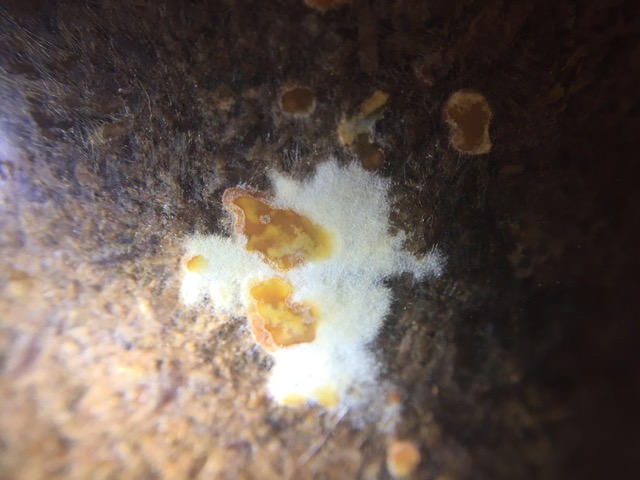
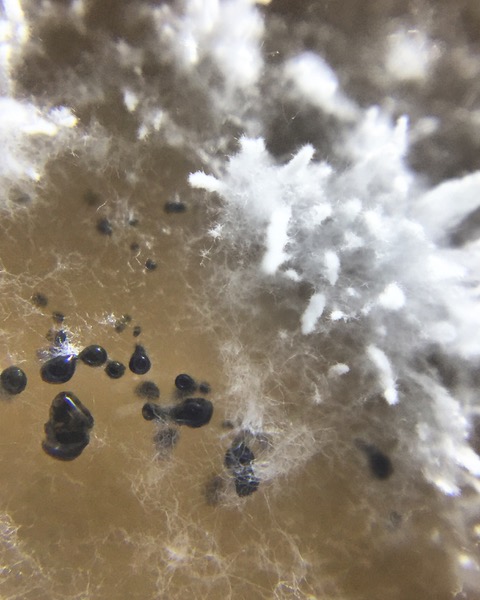
For more information on Matt Hall and his work, visit his website, Midnight Harvest.



